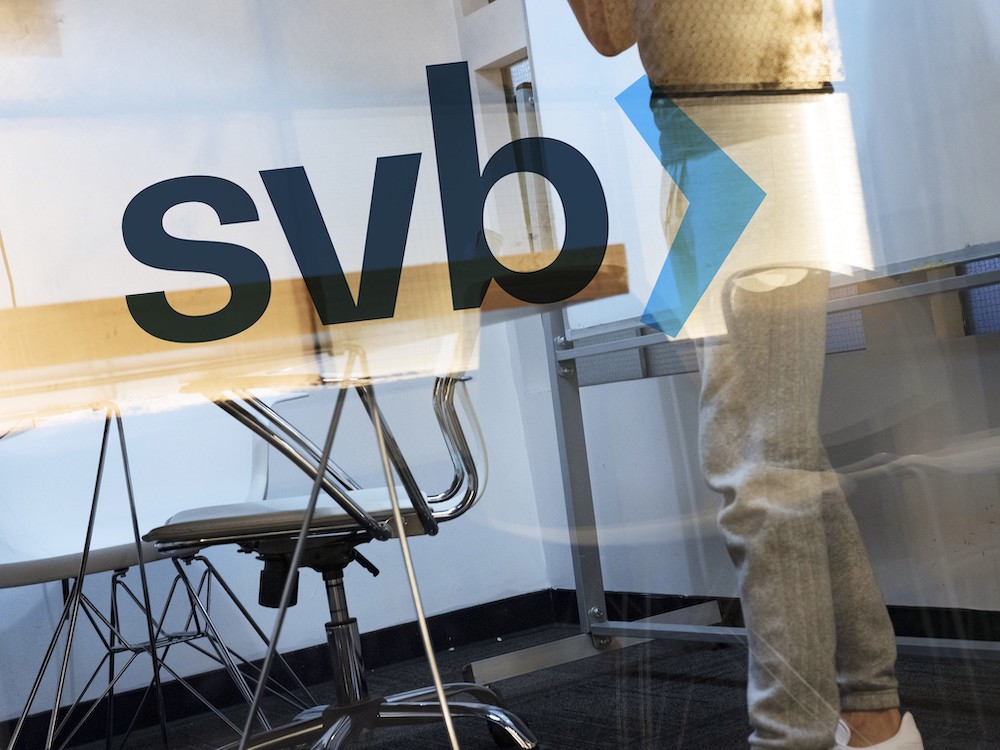When Silicon Valley Bank (SVB) collapsed earlier this month, tech ecosystems across the country sprang into action to support local companies. While a liquidity crisis was avoided, the event sparked global dialogue about how ecosystem builders can construct more resilient, responsive and robust tech communities.
This is a critical conversation, but many don’t know how to take advantage of the moment. Here are three ways that ecosystem builders can create stronger, more equitable and shock-resistant tech ecosystems:
Increase funding options
Access to capital is a perpetual challenge for entrepreneurs, and providing capital is a perpetual challenge for ecosystem builders. Thankfully, SVB has grabbed the attention of many members of local ecosystems who can help address this funding gap.
The first group is high-net-worth (HNW) individuals. As UpSurge Baltimore previously reported, there are often millions (if not billions) of dollars on local ecosystems’ sidelines — some of this held by wealthy individuals not actively involved in the tech community. Many HNW individuals offered help to affected companies during the crisis. Ecosystem builders should leverage this attention to identify those willing to get more deeply involved in the tech community as a mentor, connector or investor.
SVB also grabbed the attention of larger institutions like local foundations, universities and corporations. These entities know how critical young companies are to local economies, but often hesitate to get involved in startup investing. However, institutional capital can be pooled to create funding vehicles in ways beyond a “VC fund” — for example, a bridge capital fund to provide companies immediate liquidity or a debt capital fund to provide loans to companies who don’t yet qualify for bank loans. Ecosystem builders should use the moment to start, or further, conversations about launching such alternative funding vehicles.
Speaking of banks: Now is a great time to establish partnerships with local and regional banks, many of which have been involved in their areas’ tech worlds. Ecosystem builders should engage their local and regional banks to gauge how they could work with younger companies, who often can’t use the services of larger banks that have more red tape.
Facilitate access to information
It’s hard for founders to find the information they need when they need it, and the SVB crisis highlighted this issue as ecosystems tried to share resources and insights. Many companies scrambled to figure out which local institutions could support them, what funding options exist or which experts they could trust for advice.
Facilitating easy access to ecosystem information is fundamental to building strong, resilient and responsive tech ecosystems. Many communities set up centralized websites with information about local resources, organizations and companies within the ecosystem, like BMore Tech Connect, sponsored by UpSurge Baltimore and Fearless. (Disclaimer: The author is the CEO of EcoMap Technologies, the company that created this platform)
Access to information isn’t just for times of crisis, though. Whether founders seek their first accelerator program, a Series A investment or a law firm to support them through acquisition, they constantly need to find information about their local ecosystem’s assets. This information is also critical to ecosystem builders, who need to know who is doing what in the ecosystem, which programs are active and what gaps exist.
Finally, now is a great time for ecosystem builders to evaluate their information distribution channels. Whether they reach founders through social media, email newsletters or direct outreach, information must be shared publicly and through direct channels to ensure people who are not connected to the ecosystem can access that information.
Increase ecosystem connectedness
A high level of interconnectedness is fundamental to a top-performing ecosystem. Highly connected ecosystems boast many relationships between the people, resources and organizations in them. This translates to three core benefits:
- Information flows more quickly — People can more easily access information through relationships with trusted connections, partners and advisors.
- Support is mobilized more effectively — When help is needed, it’s easier to rally members of the ecosystem to support a founder, company or the community if everyone is well-connected.
- Ecosystems are more efficient — Many ecosystems suffer from the duplication of efforts, lack of clarity and alignment and ecosystem politics, which are all reduced with more interconnectedness.
Simply gathering members of the tech ecosystem together is a great way to facilitate the formation and deepening of relationships. Immediately, ecosystems should host an event to gather the tech community, celebrate the avoided crisis, offer a place to discuss experiences and let people simply connect after a stressful few weeks.
If one doesn’t already exist, now is a great time to set up a consistent ecosystem meetup. It doesn’t have to be formal; in Baltimore, members of the tech community casually gather at a local brewery each week for Equitech Tuesday. Consistent meetups go a long way toward facilitating new relationships, deepening existing ones and providing a point of entry for people who want to get more involved but don’t know how.
Finally, this is a great time to deepen relationships between the support organizations in an ecosystem, who should come together to reflect on how the local ecosystem responded to the near-crisis and identify areas of improvement for the future. Leaders should share how they responded and then start a shared conversation about if those responses were sufficient and effective — and what would be needed if the full crisis hit.
The SVB collapse had the potential to hamstring local ecosystems, and those that do not work to make their ecosystems more resilient for the future are still at risk. But every crisis introduces opportunity, and there is a real opportunity for ecosystem builders to use this moment to lay the foundation for stronger, more resilient and more equitable entrepreneurial communities.
Before you go...
Please consider supporting Technical.ly to keep our independent journalism strong. Unlike most business-focused media outlets, we don’t have a paywall. Instead, we count on your personal and organizational support.
3 ways to support our work:- Contribute to the Journalism Fund. Charitable giving ensures our information remains free and accessible for residents to discover workforce programs and entrepreneurship pathways. This includes philanthropic grants and individual tax-deductible donations from readers like you.
- Use our Preferred Partners. Our directory of vetted providers offers high-quality recommendations for services our readers need, and each referral supports our journalism.
- Use our services. If you need entrepreneurs and tech leaders to buy your services, are seeking technologists to hire or want more professionals to know about your ecosystem, Technical.ly has the biggest and most engaged audience in the mid-Atlantic. We help companies tell their stories and answer big questions to meet and serve our community.
Join our growing Slack community
Join 5,000 tech professionals and entrepreneurs in our community Slack today!

The person charged in the UnitedHealthcare CEO shooting had a ton of tech connections

From rejection to innovation: How I built a tool to beat AI hiring algorithms at their own game

Where are the country’s most vibrant tech and startup communities?



